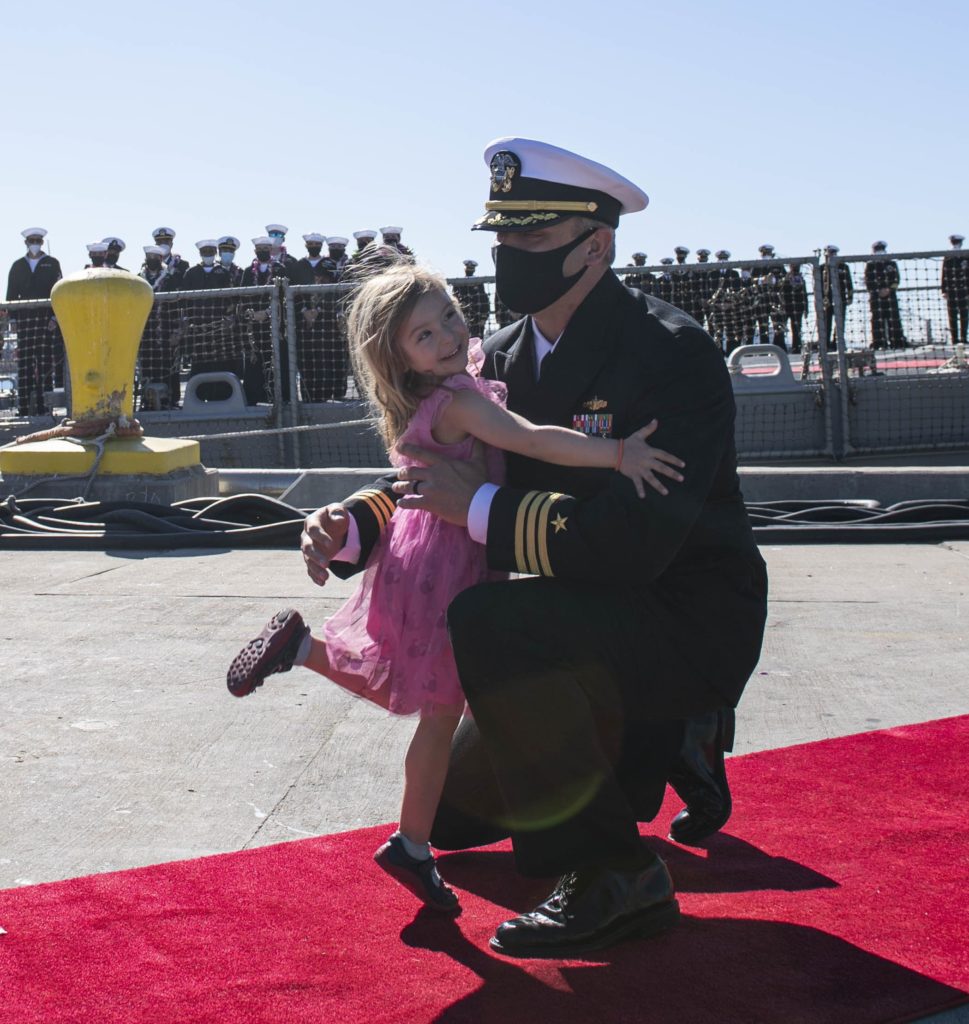Whether you are new to the army or have been a soldier for years, you might be wondering how a Tour of Duty works. Here are a few things you need to know.
Previously, the Tour of Duty, or TOD for short, was the only way to go about applying for a temporary tour in the army. The good news is that you are now able to submit your application from home. The bad news is that you are now competing with other applicants for the same positions. Considering that the Army Reserve has about 200,000 active-duty members, filling thousands of short-term tours is no small feat. That’s where the newest mobile app comes in. The name of the game is to ensure that every soldier has equal access to the same opportunities. In the end, there is no guarantee that you will get a job, but there is a guarantee that you will be matched to a suitable position. Fortunately for you, the Army has been hard at work testing the waters for years.
With the advent of mobile devices, the Army is now allowing personal devices to roam its networks. In fact, the aforementioned BYOD pilot program has yielded some noteworthy results. It’s been a while since the last time a mobile device was considered a pawn in the Army’s court of honor, but the latest crop of smartphones are more than up for the task. In other words, it’s time for the Army to make a stand and reassert itself as the premier service provider in the military.
What is considered a Tour of Duty?

A tour of duty is the time a soldier spends on active duty. The duration of a military tour can range from six to fifteen months. The exact length depends on the branch of the military and the military’s needs.
The Army and the Air Force have shorter tours than the Navy. The average tour of duty for a soldier in the Army is twelve to fifteen months. However, there are exceptions to this rule. The Marine Air-Ground Task Force (MAGTF) lasts up to six months, and the Marine Expeditionary Brigade lasts up to six months.
The Navy’s shore duty is reduced from 24 months to 18 months. During a tour, a Navy ship goes out to sea for about six months before returning to the shore for maintenance.
A tour of duty in the Navy includes patrol duties. It can also include missions that are not actively combat-related.
The Marine Air-Ground Task Force is a task force that creates a persistent US presence in a territory. These missions help reassure allies that the US is present and that it can defend itself.
A tour of duty in the Navy may include a ship that is out at sea for up to two years. Other Navy tours are shorter, but they are still considered to be part of the Navy.
During a tour, soldiers may be required to travel to another country to fight in the war. Typically, they stay in a war-torn region for a number of months. The duration of a duty tour depends on the area of the conflict and the needs of the military.
How long is a Tour of Duty America?

Getting a stint in the military is no small feat, but it’s not all doom and gloom. As a youngster in the armed forces, I can attest that you are not alone in this endeavor. Fortunately, there are numerous programs available to help you on your way.
You are bound to find something to suit your unique needs, from internships to career counseling. Research and planning will go a long way in securing your equities. During my tenure in the military, I found that my peers were some of the most generous and caring individuals I have ever met.
Depending on the branch of the military and the individual service member, the time away from home can be between six and twelve months. If you are considering joining the military, you should be aware of the fact that you might be separated from your family for a period of time.
During this time, you may experience several changes. You may feel frustrated at your inability to communicate with your family at home. You may be nervous about the new skills you will need to use overseas. You might even be excited about your upcoming adventures.
You may be completing inspections, preparing for battle drills, or engaging in combat operations during this time. You should spend some time talking with your family and friends.
It is important to give your loved ones the time they need to adjust. Young children may take a while to warm up to your presence. They may have emotional outbursts. They might also feel guilty about your separation. They might fear that the Soldier will return. This might cause them to act in a disrespectful or rude manner.
The length of your TOD will depend on your unit’s mission. Some branches, such as the Army, will deploy on a regular basis. Others, such as the Air Force, will undergo several short deployments.
After your TOD, you may need to reintegrate into your civilian life. You might need to change some of your household rules. If you try to make these changes too soon, you might alienate your children. If you are able to be patient, your relationship with your family will be more rewarding.
You might need to get counseling to deal with stress. If your spouse is unable to care for your children, you might need to hire a sitter.
Do soldiers have to pay to come home from deployment?
Typically, a military deployment is six months or more. A sailor’s deployment can be six months on a ship, while an Army deployment can be a few months in an undisclosed location. A Marine’s deployment can be for a few weeks.
Aside from the usual routine, a service member’s return home can be a source of excitement or anxiety. If you have children, you can expect to have to re-establish some new family dynamics. For younger kids, the re-acquaintance can be stressful, and they may become upset over the absence of a parent. For older kids, the re-acquaintance is likely to bring some trepidation, although they’re likely to be glad that the parent is back.
It’s not hard to guess that the best way to welcome a returning service member is by re-establishing a sense of normalcy. While this is not always easy, a few simple steps can help make it happen.
Including your children in the deployment is also a good idea. This will help ensure their participation and avoid any awkwardness on the part of the service member. The most important aspect of this is to let them know that you’re there for them and that they can depend on you for everything. You can even email them while you’re away or use a phone to keep in touch.
This will help you and your family get re-acquainted with each other and prepare for the deployment ahead. You can also visit your installation’s Personal Financial Manager for tips on how to handle your financials while you’re on deployment.
Among the service member’s many duties while he or she is away, the most important thing is to re-establish a strong bond with your family. You can help by reassuring your service member that the family is still very much in your heart and that you’ll be back as soon as you can.

